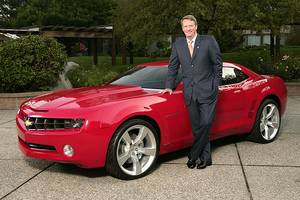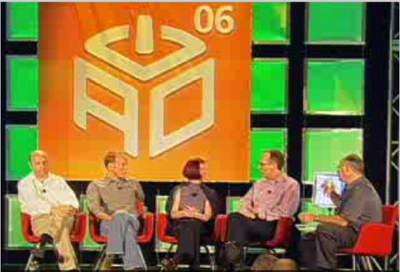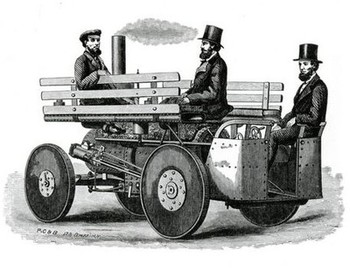
It used to be that having a blog was a remarkable thing for a Fortune 500 company. I know because I had to "hurdle" to get one started when I was part of the team at Intuit, and it was a big deal when General Motors came out with their Fastlane blog. As marketing organizations have become more comfortable with easing their span of control over outbound messaging and content, blogs are now more or less part of the marketing mix. RSS feeds are de rigueur. Corporate blogging is about trusting the judgment and intuition of individual contributors instead of relying upon a rule-based central authority. It’s about releasing control and rules, but embracing judgment and character. In general I think that’s a better way to market, because it comes across as more real and authentic because it is more real and authentic, and a more open, trusting stance is a wonderful way to engage the outside world in creating contagious action around your offerings — which is the fundamental (if often forgotten) goal of marketers in the first place.
So that’s the state of world for relatively unscripted marketing words coming out of organizations, but what about the visual expression of their brands? Photos and the like. Now we’re talking about thousands of words. But, as most bloggers can tell you, companies are loath to share their visual content. If you want access to a photo from a website, you’d better be ready to contact their press department and kiss the ring.
But not General Motors. Their marketing team is pushing lots of great photos to a public Flickr gallery. And pulling in photos from the gearhead community. This is good marketing. Yes, it would be better if everything were published under a Creative Commons license to really free up usage, but this is a great start.
Why not share some of your corporate visual content with the outside world? The reality is that people are going to take your online content anyway. Why not do it in a way which engages your fan base, encourages participation, and rewards good judgment and creativity? What’s the worst that could happen?






